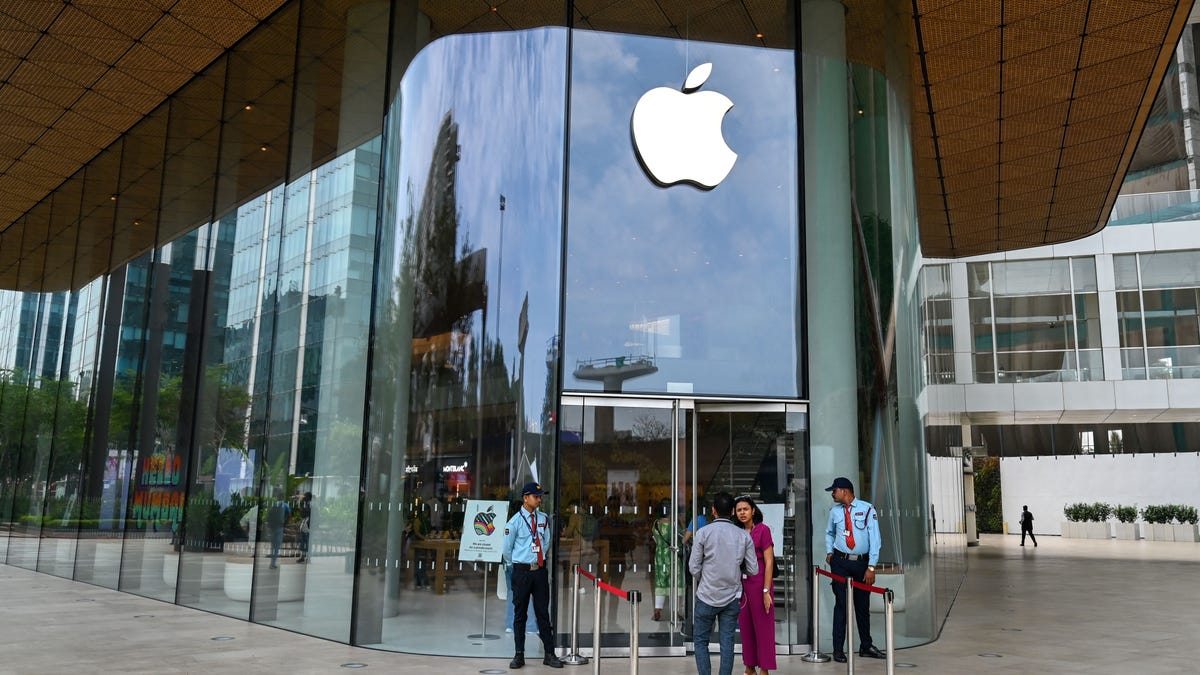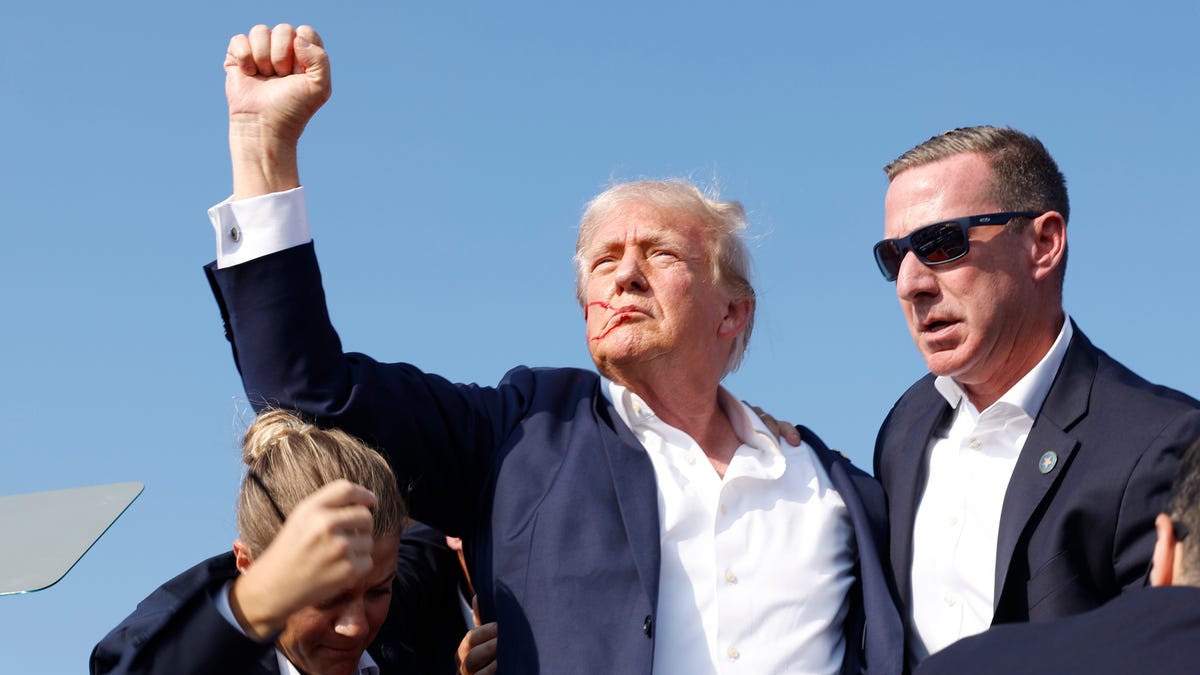- Arvind's Newsletter
- Posts
- Arvind's Newsletter
Arvind's Newsletter
Issue No #1042
1.Apple's pivot from China to India is working
Sales in India surged 33% over the past year as Apple looks to challenge Google's Android
Sales for the 12 months ended March 31 totaled nearly $8 billion, with iPhones making up almost half of all sales. The boost in sales signal that Apple’s pivot from China is working. Apple has worked to expand its footprint in Asian countries such as India, Indonesia and Vietnam as it looks to reduce its reliance on China.
In recent years, Apple has strengthened its ties with India on both the supply and demand side of its business, producing iPhones there since 2017 and opening its first retail store in the country last year. On the demand side, Apple has looked to tap into the country, home to the world’s largest population. India’s smartphone market has historically been dominated by Google’s Androids, and iPhones still represent only 3.5% of smartphones in use by consumers there. Apple’s recent sales surge in India comes just as sales in China slump.
2.Ola Electric likely to set valuation at $4.5 billion in upcoming IPO
Ola Electric is likely to value the company at around $4.5 billion for its upcoming initial public offering (IPO), about 16-20 per cent lower than its last funding round when the firm was valued at around $5.5 billion, industry source said.
Ola Electric founder Bhavish Aggarwal had an ambitious target of at least $6 billion for the IPO. But the SoftBank-backed firm has cut the valuation to make the IPO "attractive".
Ola Electric received approval for its IPO from the Securities and Exchange Board of India (Sebi) on June 20 this year. It is preparing to hit the primary market next month to raise Rs 7,250 crore, according to people familiar with the matter.
3.Autonomous weapons are increasingly being used in combat.
Ukraine’s military employed artificial intelligence-driven drones to strike Russian targets, the US worked with AI systems to identify targets in Syria and Yemen, and Israel’s forces used AI targeting to label suspected Palestinian militants. The US alone has more than 800 AI-related defense projects in the pipeline, and diplomats and manufacturers said the technology has reached its “Oppenheimer moment,” referring to the development of the atomic bomb in World War II. “There’s a risk that over time we see humans ceding more judgment to machines,” one analyst told The Guardian.
4.'Trump Trade' is back in focus after the assassination attempt. Here's what it is and why it matters
The world’s financial markets are growing increasingly open to the likelihood that former President Donald Trump will make his way to a second term in the White House. All it took was outperforming President Joe Biden on a debate stage and surviving an assassination attempt.
Now it looks like the so-called “Trump Trade” is gaining steam, as investors prepare for the potential economic and market effects of Trump as the 47th President of the United States.
The Trump Trade refers to the market’s behaviors and how investors trade in response to the promise of a second Trump administration. Trump, a former real estate mogul who has crashed and burned in a number of other ventures, was very friendly to business interests as president.
5.US political developments augured poorly for Ukraine’s hopes of upping its fight against Russia.
Ex-US President Donald Trump’s selection of JD Vance — a prominent critic of aid to Kyiv — as his running mate for his bid to return to the White House is a particular blow: “We can say now what Trump wants” when it comes to Ukraine policy, the military analyst Phillips P. O’Brien wrote,”and its not good.”
Handelsblatt, meanwhile, noted that during this year’s Munich Security Conference, Vance called for Washington to “focus more on East Asia.”
And the Financial Times reported that Hungarian leader Viktor Orbán told fellow European leaders following talks with Trump that the former president has” well founded plans” for talks between Moscow and Kyiv.
6.South Korea began mass manufacturing a laser weapon that can shoot down small drones at $1.50 per shot fired.
Cheap drones are being increasingly used in warfare, but shooting them down is disproportionately expensive: Anti-aircraft missiles cost tens or hundreds of thousands of dollars each. South Korea’s device, the size of a shipping container, achieved a 100% success rate in live-fire tests last year.
Its shots are “invisible and noiseless” and it has no ammunition requirements beyond electricity, Seoul’s arms agency said. It will be the first laser weapon deployed in active service, although both the UK and the US have successfully tested similar systems.
7.Loss of India’s vultures may have led to deaths of half a million people
Vultures have long been associated with death, and perhaps for good reason. With their hunched shoulders, hooked beaks, and signature bald heads, they fly around looking for dead and decaying animals to scavenge. But they also serve an important role in protecting human life, a new study finds.
The near-extinction of the birds across India in the 1990s led to the spread of disease-carrying pathogens from an excess of dead animals, killing more than a half-million people from 2000 to 2005. The study, currently online as a working paper that will be published in an upcoming issue of the American Economic Review, puts the monetary damage from the related public health crisis at nearly $70 billion a year.





